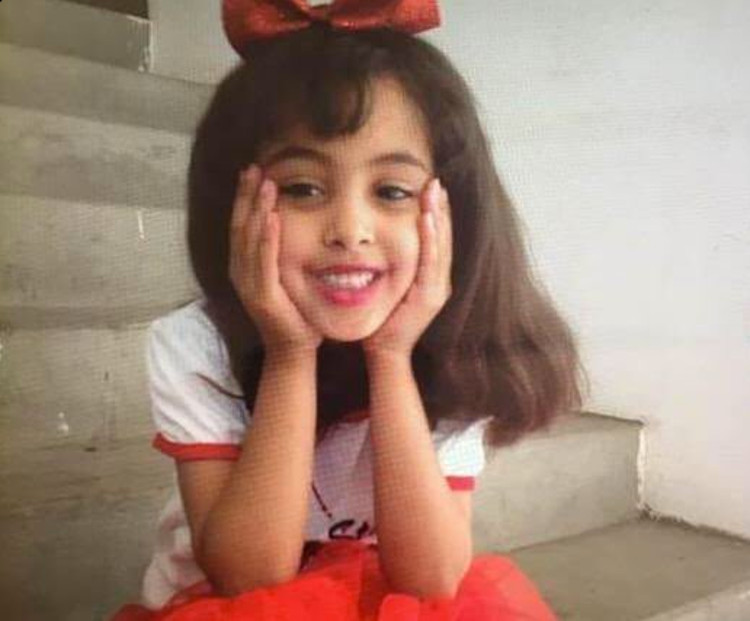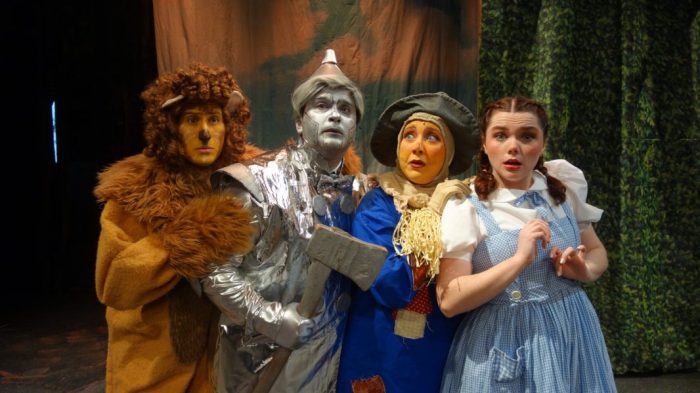Thirteen months after the Department of Justice signed off on a memorandum stipulating that then-President Obama had the authority to kill a U.S. citizen abroad, the government decided to finally strike.
On Sept. 30, 2011, the United States conducted a drone operation that killed Anwar al Awlaki, an al Qaeda propagandist born in New Mexico who raised his children in the States. Awlaki had grown disenchanted with America and relocated his family to Yemen, his father’s home country.
The DOJ’s once-secretive order—now know as the “Drone Memo”—said killing al Awlaki was justified because of his leadership role in al Qaeda in the Arabian Peninsula (AQAP).
“The targeted individual himself, on behalf of that force [al Qaeda in the Arabian Peninsula], is continuously planning attacks from that Yemeni base of operations against the United States, as the conflict with [al Qaeda] continues,” the memo’s author, David Barron, wrote.
Al Awlaki was not a fighter, but his popular sermons worried officials in Washington. The government also alleged that al Awlaki conspired with a man to blow up a Detroit-bound airliner on Christmas in 2009.
The legal order to kill, however dubious in the eyes of rights groups, essentially gave the president permission to silence al Awlaki in lieu of an arrest and public trial.
Not all U.S. citizens are afforded even a debate about whether they live or die, however—some are just killed.
Two weeks after al Awlaki’s death, his 16-year-old son Abdulrahman was killed in a drone strike, which the government said was intended for another target. Abdulrahman was dubbed a “bystander,” as was Samir Khan, an al Qaeda propagandist who grew up in Westbury, who died alongside al Awlaki in the Sept. 30 drone strike.
Nearly six years after her father and brother were killed in separate drone strikes, al Awlaki’s 8-year-old daughter, Nawar, is said to have been one of the civilians killed in a Seal Team 6 raid last weekend that went awry. Among the dead was also an American commando. Three other U.S. service members were wounded, the military said. The American solider was identified as Navy Seal Team Chief Special Warfare Operator William “Ryan” Owens.
“We are deeply saddened by the loss of one of our elite service members,” Commander of U.S. Central Command, Gen. Joseph Votel, said in a statement. “The sacrifices are very profound in our fight against terrorists who threaten innocent peoples across the globe.”
U.S. Central Command oversees missions in the Middle East. The statement also noted that officials are reviewing whether more civilians were killed in the raid.
Central Command’s initial release did not mention any civilian casualties, but said the operation resulted in the deaths of 14 AQAP members and the collection of information that “will likely provide insight into the planning of future terror plots.”
On Wednesday, Central Command stated civilians were “likely killed” in the firefight, which military officials said involved AQAP fighters and pedestrians who took up arms against the commandos.
A possible raid on the village had been in the works for months, but was never carried out. According to reports, former President Obama was waiting for a “moonless” night in order to provide the military additional cover. This weekend’s raid, according to The New York Times, was doomed from its early beginning, noting that militants were “tipped off” by a low-flying drone.
Making matters worse for U.S. forces, women surprisingly took up arms against them. In response, air strikes were reportedly called in to assist.
“The known possible civilian casualties appear to have been potentially caught up in aerial gunfire that was called in to assist U.S. forces in contact against a determined enemy that included armed women firing from prepared fighting positions, and U.S. special operations members receiving fire from all sides to include houses and other buildings,” Central Command said.
U.S. officials have yet to officially confirm whether al Awlaki’s daughter was among the dead, but her grandfather has said she died of a bullet wound to the neck.
The raid, which was the first known covert military operation to be approved by President Donald Trump, is justified under the ever-evolving interpretation of the 2001 Authorization to Use Military Force, which Congress approved six days after the Sept. 11, 2001 attacks. The 2001 AUMF allows the United States to deploy assets—service members, drones and other munitions—in countries where America is not at war.
While the United States is known to be fighting in Syria and Iraq, the country has also deployed either drones or Special Forces to Yemen, Libya, Somalia, and Pakistan to combat an amorphous enemy that has grown out of the War on Terror.
A bi-partisan group of elected officials on Capitol Hill has been unsuccessful in its attempts to have Congress sunset the 2001 AUMF in favor of one written specifically to combat ISIS.
Obama’s war policy was also beset by claims of civilian casualties. Last July, the Obama administration released a long-awaited report that claimed between 64 and 115 civilians had been killed in strikes in various countries. Some researchers, however, criticized the administration for low-balling the death toll from January 2009 to Dec. 31, 2015, which The Bureau of Investigative Journalism said is anywhere from 380 to 801.
The numbers may vary, but one thing has not changed: For Trump, like Obama, the battlefield knows no borders. And there’s little question whether such raids will continue.
“Al-Qa’ida in the Arabian Peninsula has a horrifying history of hiding women and children within militant operating areas and terrorist camps, and continuously shows a callous disregard for innocent lives,” Col. John J. Thomas, U.S. Central Command spokesman, said in a statement.
“That’s what makes cases like these so especially tragic.”






























